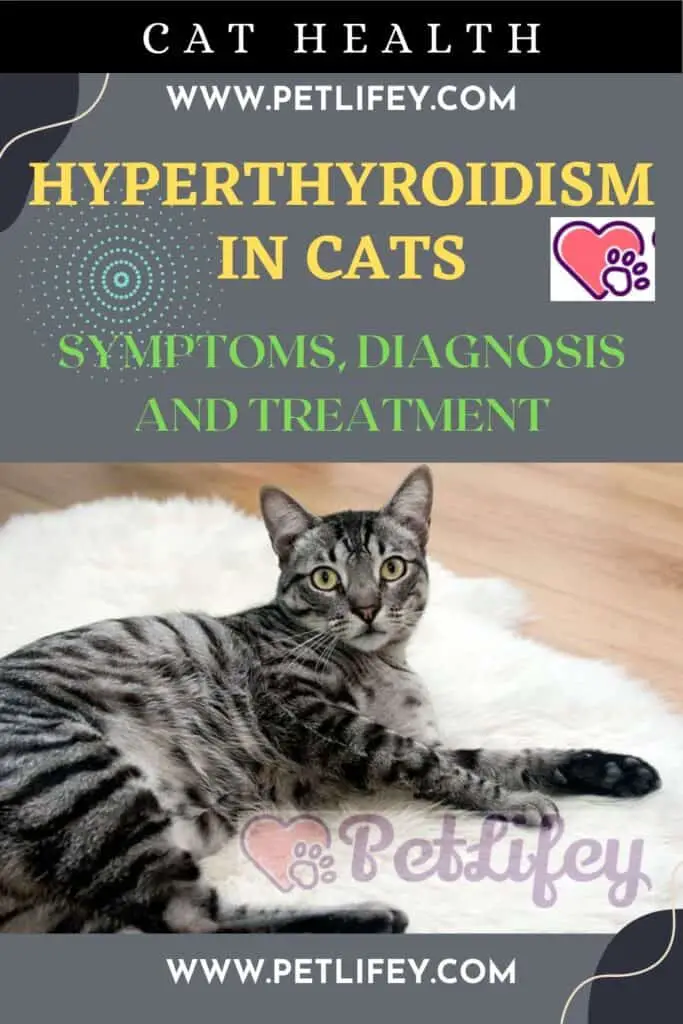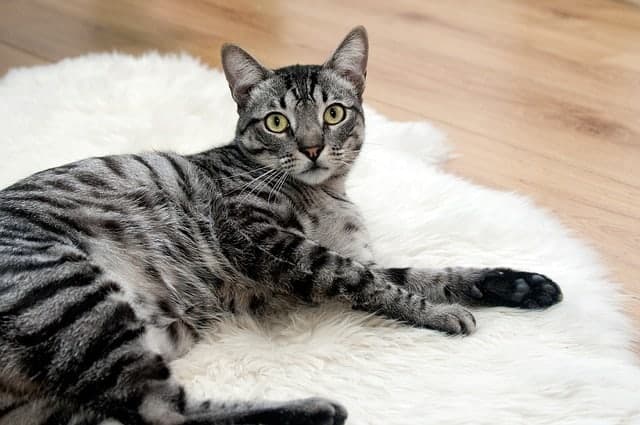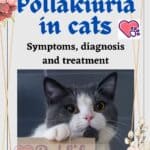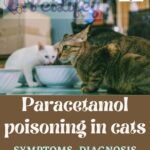Hyperthyroidism in cats is a metabolic disease caused by thyroid problems: here’s what to know about the disease.

As for us, the thyroid gland performs important functions for the health of the organism. A dysfunction of this gland can cause the onset of two diseases: hypothyroidism and hyperthyroidism. In this article, we find out what hyperthyroidism in cats is, what the symptoms are, how it can be diagnosed and above all how it should be treated to help your cat.
The important functions performed by the thyroid
The thyroid is an endocrine gland made up of two lobes located on each side of the trachea.
Its function is to regulate metabolic processes and energy consumption through the production of two hormones, such as thyroxine (T4) and triiodothorin (T3), which are synthesized by iodine.
An alteration of these hormones will produce multiple effects in the body, and one of these is hyperthyroidism in cats.
This pathology is caused by the excessive production of thyroid hormone, much higher than the needs of the cat’s organism.
Every organ and every cell in the body will be affected by this excessive production of hormones and the entire metabolism will be affected.
Generally, if diagnosed promptly, it can be cured, but otherwise it could cause other secondary, very serious diseases.
What is hyperthyroidism in cats
Hyperthyroidism is one of the most common endocrine diseases in the feline world, it develops gradually and mainly affects older cats (from 8 years of age onwards).
It consists of a “hypermetabolic state” caused by the excessive production of thyroid hormones : the main cause is the formation of a lump (but also more than one) in the thyroid.
In 90% of cases it is an adenoma (a benign tumor) and in 2% a carcinoma (malignant tumor). However, if not treated promptly, adenoma could turn into a malignant form.
To date, this huge spread of hyperthyroidism in the feline world has no “culprit”.
In fact, the triggering factor (or more than one) that makes this pathology so common has not yet been identified.
In any case, it is very likely that the greater attention to the health of the cat by the owners establish the increase in its prevalence.
Although there are no solid data to ascertain the triggering causes of hyperthyroidism in cats, some epidemiologists assume that triggers are:
- the increase in the life expectancy of the cat;
- some lifestyles;
- canned food intake;
- use of the litter box.
Symptoms of hyperthyroidism in cats
We have previously said that this pathology involves the enlargement of a gland which in some cases can be felt by the owner of the cat with palpation.
But when this does not happen, it is possible to recognize hyperthyroidism in cats through some symptoms, all attributable to the increase in energy and basal metabolism. But let’s look at them in detail:
- Altered appetite: cat will always be hungry;
- weight loss and muscle mass decline: due to the loss of fat deposits and lean mass, this happens in 92% of cases, in fact hyperthyroidism can also be present in the case of obesity in cats;
- Vomiting: not only due to the action of hormones at the level of the “vomiting center” but also due to the rapid intake of food;
- Diarrhea: related to bad intestinal absorption;
- increased urination and thirst;
- Hyperactivity and restlessness: stress will completely invade the cat, which will no longer be able to manage it;
- Variation of the coat and skin: we will notice an excessive loss of hair in the cat, its coat will be bristly, the appearance of alopecia especially on the belly;
- Wheezing or increased breathing rate;
- Muscle weakness and seizures.
Diagnosis and treatment of hyperthyroidism

Needless to say, when even one of the symptoms listed above appears, it is advisable to take your cat immediately to the vet or to a specialized clinic.
After a careful examination, you will be able to detect the presence of thyroid nodules in your cat, as well as muscle atrophy and cardiac abnormalities. But what are the tests useful for diagnosing hyperthyroidism in cats?
- Blood exam completed;
- complete biochemical profile: necessary to obtain information on the functionality of organs and various systems, such as the liver and kidneys;
- urinalysis;
- measurement of thyroxine (T4): if the concentration of this hormone were to be high, there is certainty of hyperthyroidism.
Having ascertained that it is hyperthyroidism, the veterinarian will indicate the right therapy for the cat, which depending on the severity can be pharmacological, surgical, with radioactive iodine or food : the purpose of the therapy is to reach normal levels of thyroid hormones and above all of avoid hypothyroidism.
- If pharmacological cat will take antithyroid drugs in the form of tablets or ointment, to be put inside the auricle and every 3 weeks will have to undergo a careful clinical check;
- If surgical it will assist in the removal of the thyroid gland;
- If radiotherapy with iodine the thyroid tissue will be completely destroyed.
Although in lower percentages than the therapies indicated above, even the feeding can be a valid help for the cat, but it is very difficult to apply this “cure” as the relative food is certainly not very palatable.
Prognosis
Unfortunately, establishing a prognosis for cats with hyperthyroidism is very complicated.
The course of the disease, in fact, varies from specimen to specimen, especially in the case of very elderly cats and depending on the complications that are added to hyperthyroidism. But generally:
- If not treated, the life expectancy of the cat inevitably drops;
- If this pathology is replaced by chronic renal failure, the latter will determine the prognosis;
- If hyperthyroidism is associated with a thyroid carcinoma the prognosis is not very favourable, but most of the time we see death due to the onset of other pathologies linked to hyperthyroidism;
- If it is treated promptly by carefully following the therapy and constantly checking it is certainly excellent.
Thanks to the timeliness and constant checks, the quality of life of a cat with this disease can be good, so it is our job to always take care of the cat and be attentive to every slightest variation in its habits.






